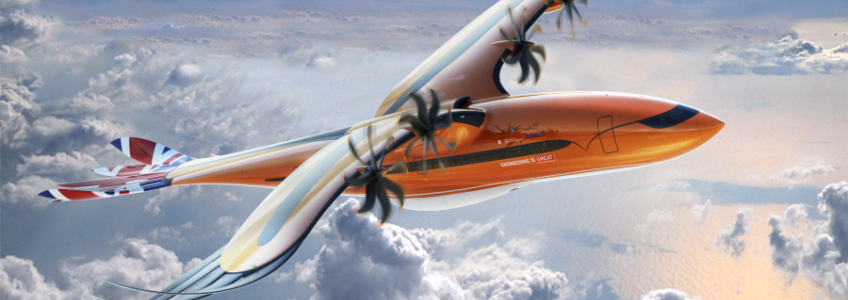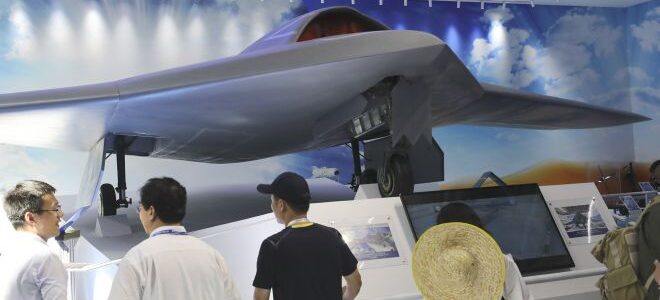In a world dominated by air travel and global concerns around emissions, engineering innovation needs to be at the forefront. Airbus has done just that as they revealed a new aircraft design that could revolutionise the aviation industry.
A 62-year-old seaplane was transformed into the world’s first fully electric commercial aircraft. The debut flight took place earlier this month over Vancouver. This modified six-seater DHC-2 de Havilland Beaver took off from the Fraser River at Harbour Air Seaplanes terminal in Richmond, British Columbia, just south of the international airport.
Greg McDougall, CEO and founder of Harbour Air Seaplanes, was at the helm taking the electric commercial aircraft on a 15-minute flight. The 750-horsepower magni500 propulsion system was developed by Australian electric motor manufacturer, magniX.
With growing concerns around global warming and the increased usage of sustainable energy resources, hybrid aircraft could play a bigger role in the future. The aerospace sector has undoubtedly made impressive strides since the 1950s in terms of increased power and efficiency of engines. However, more recent studies indicate that engine technology could reach thermodynamic limits.
This means a more reasonable investment in the amount of energy we can extract from carbon-based fuel. More air travel and more aircraft in the sky will lead to increased fuel consumption and greenhouse gas emissions unless we find a suitable fossil fuel substitute.
Image Credit: Airbus
Animals have long-inspired innovative engineering designs as they’ve evolved perfectly, as nature intended. This provides the ideal solution to environmental challenges, something European manufacturer, Airbus, hopes to achieve as they revealed a brand new concept hybrid-electric aircraft.
Liam Fox, UK Secretary of State for International Trade, unveiled the “Bird of Prey” concept at the Royal International Air Tattoo air show last month. At first glance, it is evident that this new hybrid-electric aircraft got its inspiration eagles, hawks and other aerial predators. Airbus revealed this new concept aircraft with the intention of inspiring the next-generation of aeronautical engineers.
Aviation connects the world by continuously transporting people and goods across the globe in no time at all. While it may appear efficient, climate change has become a clear topic of debate in society due to a concern over plane emissions.
Large manufacturers in aerospace and aviation are investing more in sustainability as emission targets are increasing. A bold move by Rolls-Royce buying the electric aerospace arm of Siemens clearly shows this intent. In fact, this acquisition could speed up electrification in the aviation sector.
Img credit: Faradair
Considered as the world’s first real hybrid airplane, the Faradair BEHA (Bio-Electric-Hybrid-Aircraft) is a “triple box-wing design concept”. It’s a clever combination of electric motors and a bio-diesel engine fitted with several energy saving and recovery technologies. This includes solar panels on all flight surfaces and high-lift, low-speed flight capabilities.
The concept was first realised back in 2014 when UK firm, Faradair, proposed a Bio-Electric-Hybrid-Aircraft (BEHA). They have now announced that their plans are in place for a small BEHA airliner. The hybrid aircraft could be ready to take flight in 2025 as one of the world’s most environmentally friendly airplanes.
Img Credit: Yahoo News Singapore
China continues to impress with their latest innovation, new stealth combat drones known as Tian Ying (CH-7). It featured at the air show in Zhuhai, a biannual event that showcases China’s latest developments in military and civilian aviation. There were several Chinese state-owned arms companies also displaying their drones. It appears China is investing heavily in unmanned aircraft with plans to develop drones capable of flying from one of its future aircraft carriers. Could this be a role for the CH-7 to fulfil?
According to China’s Ministry of Industry and Information Technology, more than 350 private Chinese firms are now capable of making unmanned aerial, surface or ground vehicles.
The Farnborough Air Show in July 2018 featured several new projects, concepts and prototypes but one that stood out was the Tempest, UK’s new combat aircraft. A number of companies are involved with this project including BAE Systems, Rolls-Royce, Italy’s Leonardo and missiles expert MBDA. Reports suggests that the UK will invest £2bn in the project with the aim of a first flight in 2035.
There is no denying that the UK has been a leader in aerial combat for over a century with a wide range of skills and technology. This latest project sends a clear message that they are determined to make sure they remain at the top.










Recent Comments